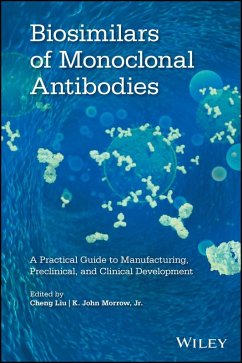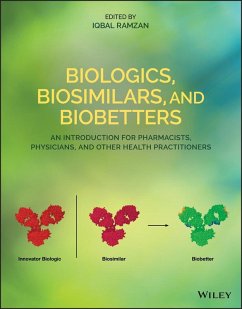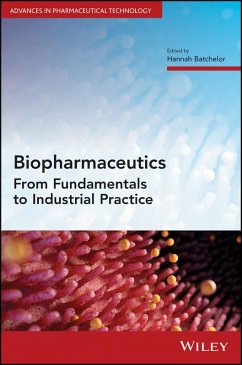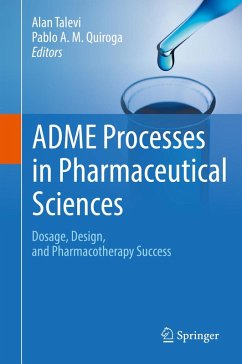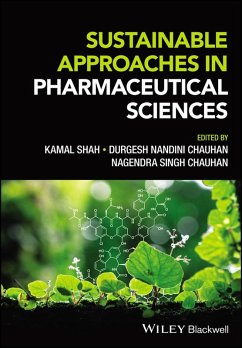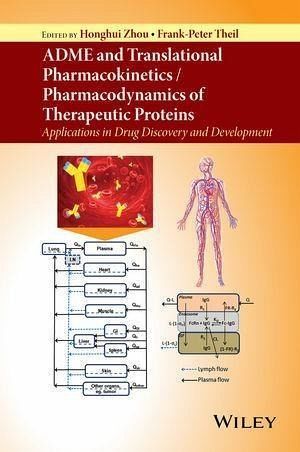
ADME and Translational Pharmacokinetics / Pharmacodynamics of Therapeutic Proteins (eBook, PDF)
Applications in Drug Discovery and Development
Versandkostenfrei!
Sofort per Download lieferbar
134,99 €
inkl. MwSt.
Weitere Ausgaben:

PAYBACK Punkte
0 °P sammeln!
With an emphasis on the fundamental and practical aspects of ADME for therapeutic proteins, this book helps readers strategize, plan and implement translational research for biologic drugs.. Details cutting-edge ADME (absorption, distribution, metabolism and excretion) and PKPD (pharmacokinetic / pharmacodynamics) modeling for biologic drugs . Combines theoretical with practical aspects of ADME in biologic drug discovery and development and compares innovator biologics with biosimilar biologics and small molecules with biologics, giving a lessons-learned perspective . Includes case studies abo...
With an emphasis on the fundamental and practical aspects of ADME for therapeutic proteins, this book helps readers strategize, plan and implement translational research for biologic drugs.
. Details cutting-edge ADME (absorption, distribution, metabolism and excretion) and PKPD (pharmacokinetic / pharmacodynamics) modeling for biologic drugs . Combines theoretical with practical aspects of ADME in biologic drug discovery and development and compares innovator biologics with biosimilar biologics and small molecules with biologics, giving a lessons-learned perspective . Includes case studies about leveraging ADME to improve biologics drug development for monoclonal antibodies, fusion proteins, pegylated proteins, ADCs, bispecifics, and vaccines . Presents regulatory expectations and industry perspectives for developing biologic drugs in USA, EU, and Japan . Provides mechanistic insight into biodistribution and target-driven pharmacokinetics in important sites of action such as tumors and the brain
. Details cutting-edge ADME (absorption, distribution, metabolism and excretion) and PKPD (pharmacokinetic / pharmacodynamics) modeling for biologic drugs . Combines theoretical with practical aspects of ADME in biologic drug discovery and development and compares innovator biologics with biosimilar biologics and small molecules with biologics, giving a lessons-learned perspective . Includes case studies about leveraging ADME to improve biologics drug development for monoclonal antibodies, fusion proteins, pegylated proteins, ADCs, bispecifics, and vaccines . Presents regulatory expectations and industry perspectives for developing biologic drugs in USA, EU, and Japan . Provides mechanistic insight into biodistribution and target-driven pharmacokinetics in important sites of action such as tumors and the brain
Dieser Download kann aus rechtlichen Gründen nur mit Rechnungsadresse in D ausgeliefert werden.





